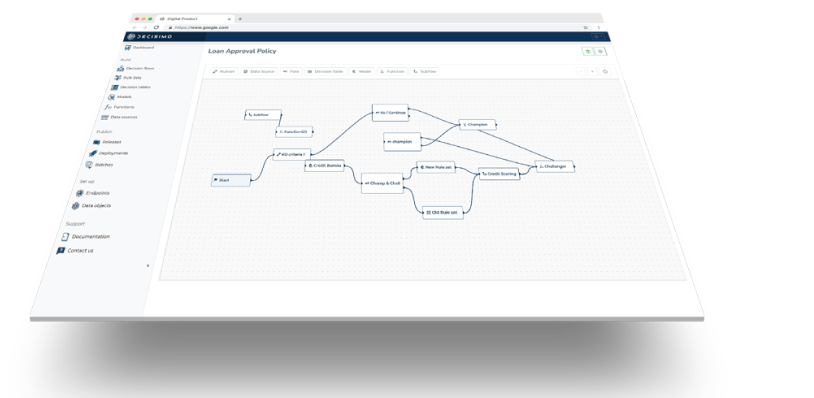Media Device Fingerprinting: A Modern Approach to Online Tracking - Decisimo
Published on: 2024-08-10 18:29:56
Media Device Fingerprinting is an emerging technique used for tracking online users by analyzing the characteristics of their media devices. This article delves into how this technique works, its value, its role in device fingerprinting, its limitations, and ways it can be mitigated.
What is Media Device Fingerprinting?
Media Device Fingerprinting is a method of gathering unique information about a user's audio and video devices through browser APIs. It enables websites to access details such as device names, types, capabilities, and configurations without the user's consent. This information can be used to create a unique profile or "fingerprint" of the user's device.
How is Media Device Fingerprinting Done?
- Accessing Media Devices: The website runs a script that uses browser APIs, such as
enumerateDevices(), to access the list of media devices. - Extracting Information: The script collects information such as device names, types (e.g., microphone, webcam), and capabilities.
- Creating a Fingerprint: This information is used to create a unique fingerprint of the user's device.
- Sending Data to the Server: Finally, this fingerprint is sent back to the server for tracking and profiling purposes.
Value of Media Device Fingerprinting
Media Device Fingerprinting offers several advantages for tracking:
- Increased Uniqueness: The combination of media device information with other fingerprinting techniques increases the uniqueness of the device profile.
- Hard to Block: Traditional tracking protection tools might not block access to media device information.
- Passive Collection: Information is collected without user interaction or consent.
Component for Fingerprinting
Media Device Fingerprinting is often used in conjunction with other fingerprinting techniques to create a more comprehensive and unique device profile. When combined with methods like canvas fingerprinting, IP address tracking, and user agent string analysis, the resulting device fingerprint can be highly identifying.
Limitations of Media Device Fingerprinting
- Browser Permissions: Some browsers require user permission to access media devices, limiting the information that can be collected.
- Device Changes: Adding or removing media devices can alter the fingerprint.
- Browser Variations: Different browsers may expose different levels of information about media devices.
Mitigating Media Device Fingerprinting
There are several methods to mitigate the risks associated with Media Device Fingerprinting:
- Using Privacy-focused Browsers: Browsers like Tor or those with enhanced privacy settings may limit or disable access to media device information.
- Adjusting Browser Permissions: Manually adjusting browser permissions to restrict access to media devices can reduce the information available for fingerprinting.
- Using Browser Extensions: Extensions such as uBlock Origin or Privacy Badger can help block scripts that attempt to access media device information.
Conclusion
Media Device Fingerprinting is an evolving technique for tracking users online by analyzing the characteristics of their media devices. While it provides additional data for creating unique user profiles, it also raises privacy concerns. Users should be aware of this tracking method and take steps to mitigate its impact on their privacy.
Published: 2023-04-26


